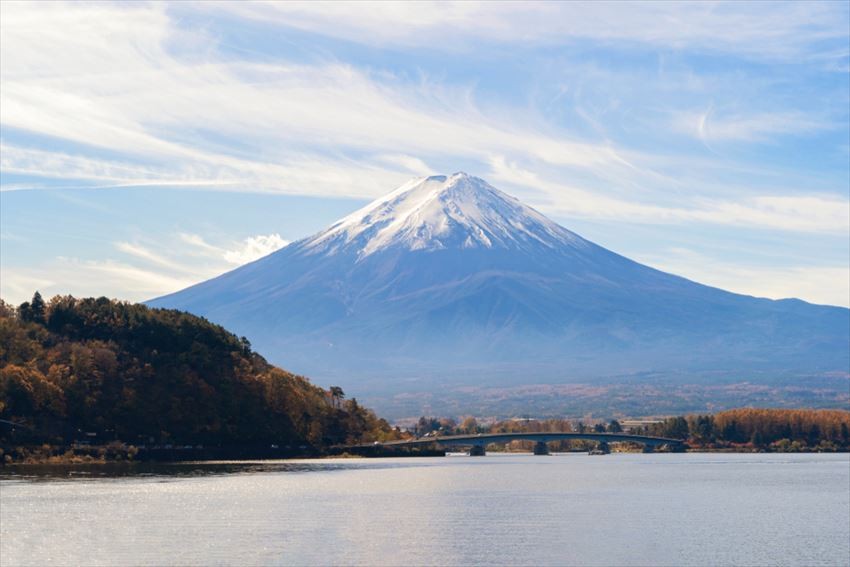
"Fuji Five Lakes" is a generic name for the five lakes at the foot of Mt. Fuji, on the side of Yamanashi Prefecture. It is a registered World Heritage site as a component of Mount Fuji. The region neighboring Fuji Five Lakes is surrounded by lovely nature, lots of housing, and tourist spots.
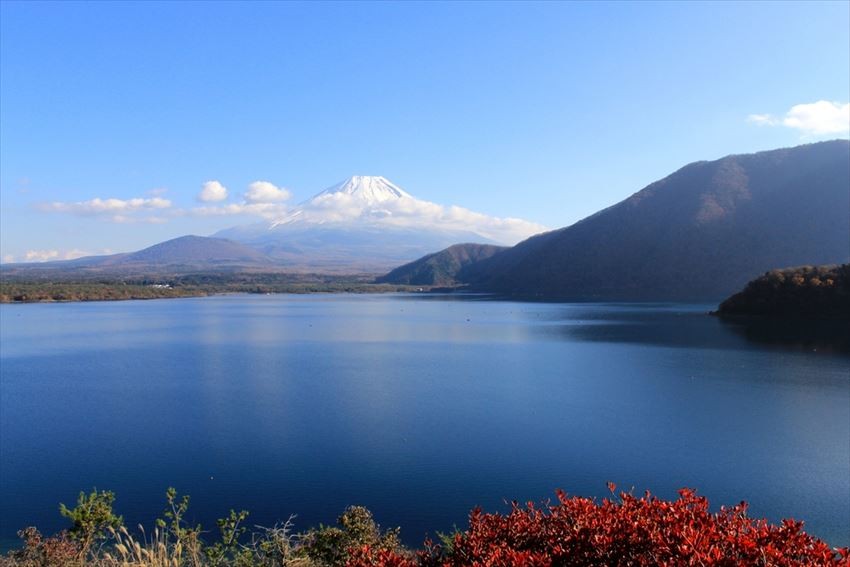
About Fuji Five Lakes
Fuji Five Lakes consists of five lakes: Lake Kawaguchi, Lake Yamanaka, Lake Sai, Lake Shoji, and Lake Motosu. It is believed that these lakes had been under the sea 5 million years ago, and later were formed around 2000 years ago by lava flows from Mt. Fuji's previous eruptions.

Lake Kawaguchi
Lake Kawaguchi is in the north among Fuji Five Lakes. This is the easiest to access from Tokyo and it has become the main sightseeing spot at Fuji Five Lakes. You can discover and name tourist attractions around Lake Kawaguchi such as natural parks, art museums, walks, ropeways, sightseeing ships, and more. Around Lake Kawaguchiko Onsen there are plenty of housing choices.
Spot information
- Spot name: Lake Kawaguchi
- Street address: Yamanashi Prefecture Minamitsuru-gun Fujikawaguchiko-machi
- Access: Fujikyu Railway Kawaguchiko Station
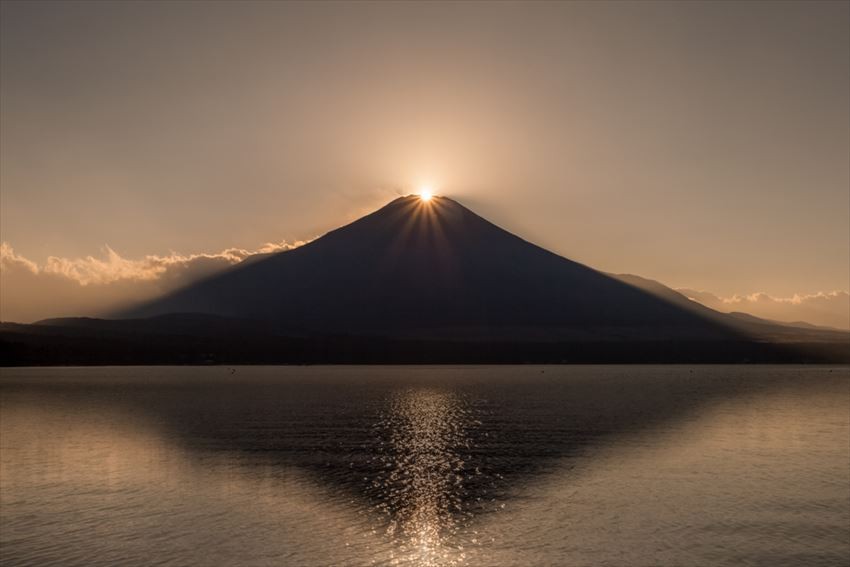
Lake Yamanaka
Lake Yamanaka boasts the largest area among Fuji Five Lakes. It is famous as the observation spot for the phenomenon called “Diamond Fuji”, which appears when the sun touches the top of Mt. Fuji. In addition, Lake Yamanaka is a great destination for outdoor activities such as camping, cycling, and fishing. Other must-check places include Lake Yamanaka Onsen.
Spot information
- Spot name: Lake Yamanaka
- Street address: Yamanakako village, Minamitsuru-gun, Yamanashi Prefecture
- Access: About 30 minutes by route bus from Fujikyu Railway Kawaguchiko Station
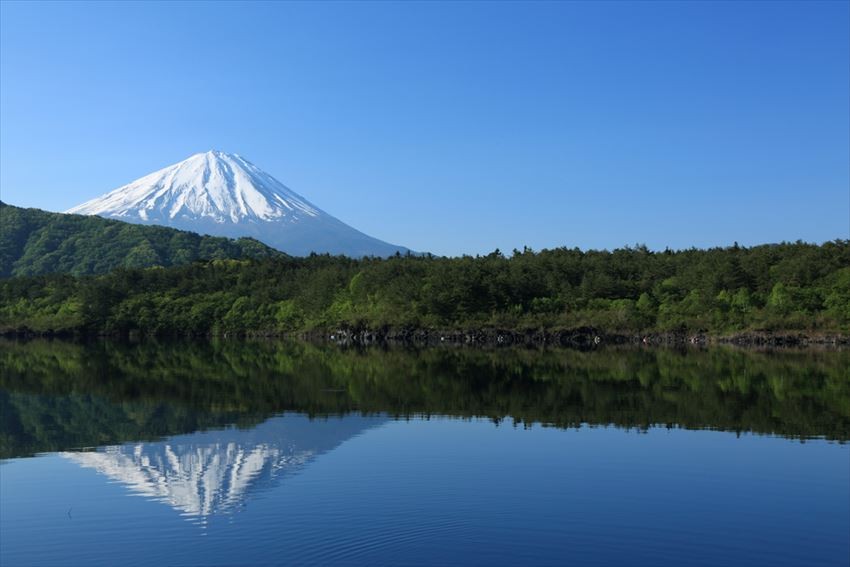
Lake Sai
Lake Sai is located at the center of Fuji Five Lakes. It is in close proximity to Aokigahara Jukai and abundant in natural resources. For example, at natural caves such as “Fugaku Wind Cave” and “Narusawa Ice Cave”, you can admire mysterious scenery such as icicles, lava ledges, and pahoehoe lava that do not melt in the summer.
Spot information
- Spot name: Lake Sai
- Street address: Yamanashi Prefecture, Minamitsuru-gun, Fujikawaguchiko-machi
- Access: About 25 minutes by route bus from Fujikyu Railway Kawaguchiko Station
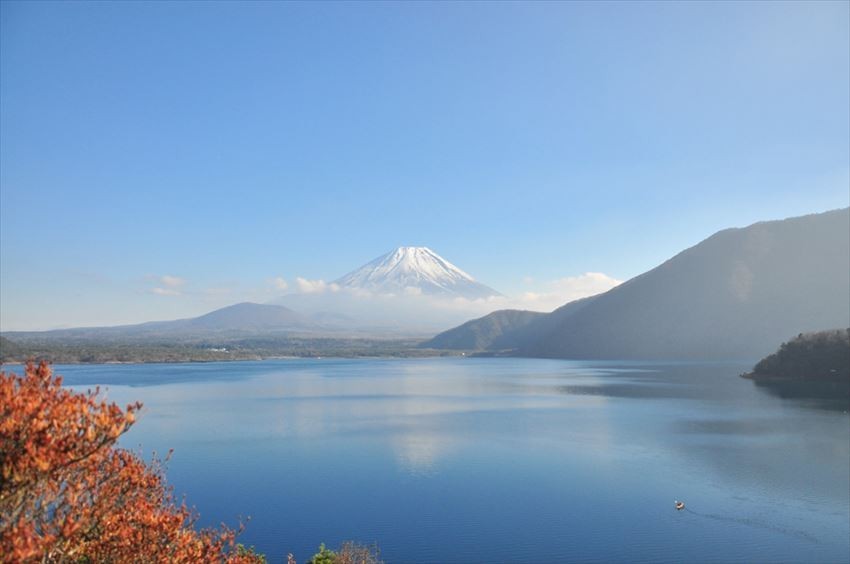
Lake Shoji
Lake Shoji is the smallest lake among Fuji Five Lakes. Due to its calming surface, this is the perfect spot for shooting a breathtaking reflection of "Upside-down Fuji". You can also admire the scenery known as "Mt. Fuji embracing its child". This is because there is a small mountain between Lake Shoji and Mt. Fuji, making it looks as if Mt. Fuji was holding the small mountain in its arms.
Spot information
- Spot name: Lake Shoji
- Street address: Yamanashi Prefecture, Minamitsuru-gun, Fujikawaguchiko-machi
- Access: About 45 minutes by route bus from Fujikyu Railway Kawaguchiko Station
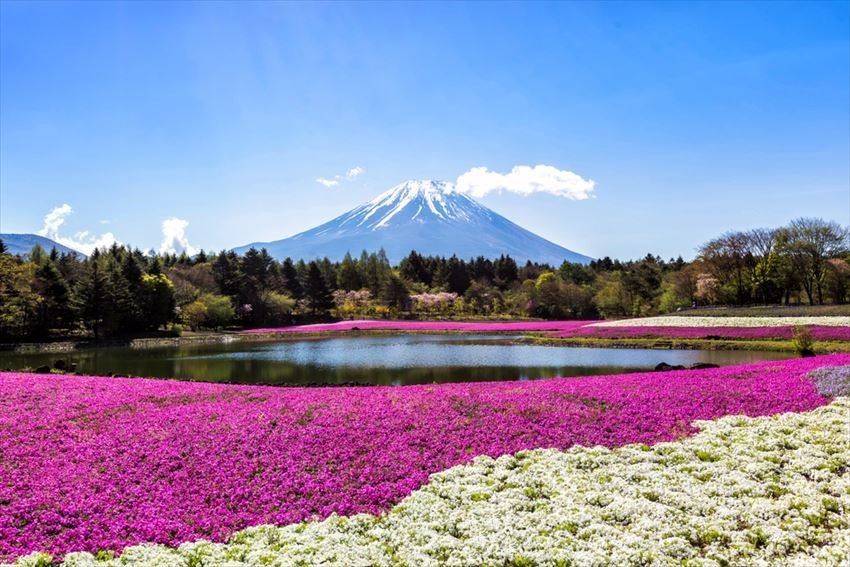
Lake Motosu
Lake Motosu is the deepest and most crystal clear lake among Fuji Five Lakes. In addition, you might find out the Mt. Fuji drawn on the backside of the 1000 yen note is the view from this lake. The lakeside natural park is the venue for the "Fuji Shiba Zakura Festival". If you visit during the best time between mid-April and late May, you can admire the spectacular views of Mt. Fuji with its snowcap and Shibazakura blanketing the whole area.
Spot information
- Spot name: Lake Motosu
- Street address: Yamanashi Prefecture, Minamitsuru-gun, Fujikawaguchiko-machi
- Access: About 50 minutes by route bus from Fujikyuko Railway Kawaguchiko Station
Access from Tokyo to Fuji Five Lakes
If you want to access Fuji Five Lakes from Tokyo, let's aim for Lake Kawaguchi first since there are many bus routes to reach other lakes from Lake Kawaguchi.
We also recommend taking trains or buses from JR Shinjuku Station (Tokyo) to get to Lake Kawaguchi. You will arrive at Kawaguchiko Station in about 2 hours by taking JR Chuo Main Line and Fujikyu Railway. Buses for Lake Kawaguchi depart from Shinjuku Expressway Bus Terminal which is adjacent to JR Shinjuku Station. The journey also takes about 2 hours.
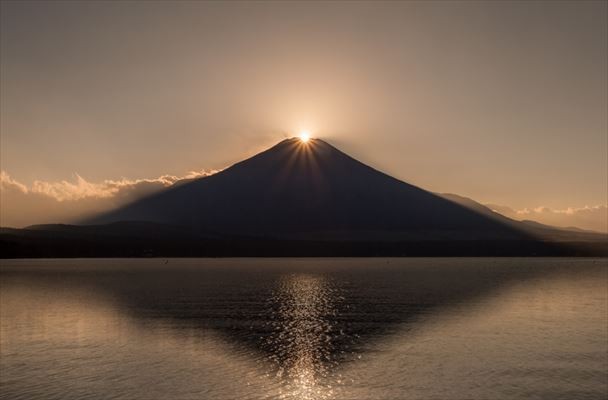
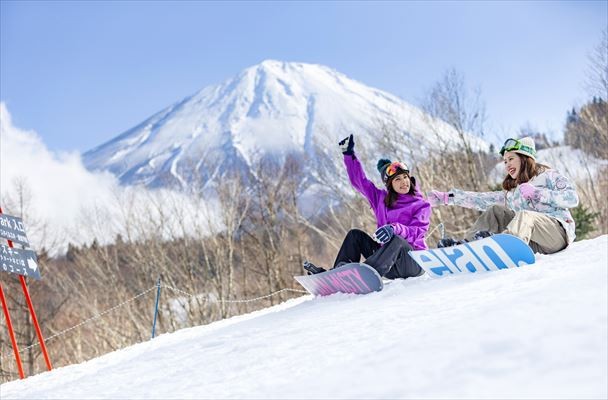
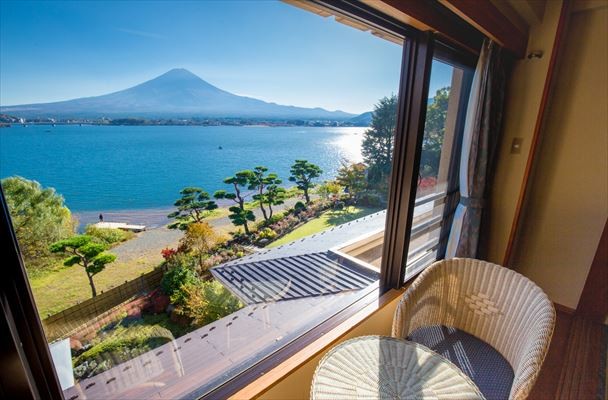
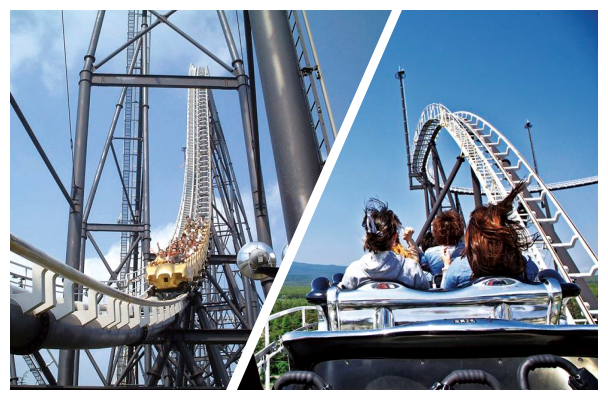
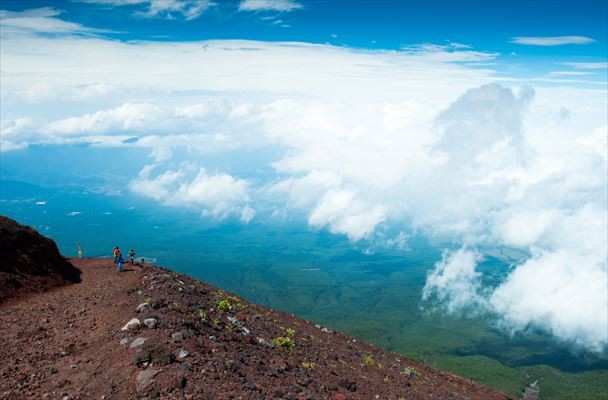
Comments